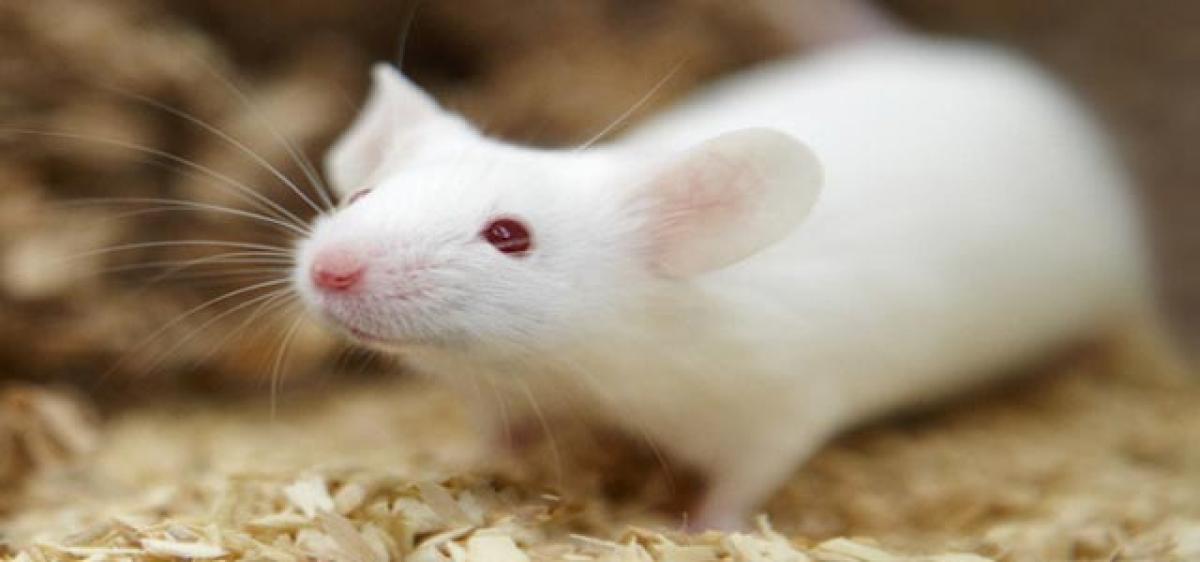Live
- Fruitful Rehabilitation talks
- Nation-first approach should be a priority, Vice Prez Dhankhar tells NCC cadets
- Mahakumbh 2025: Police attendance goes digital
- 18th PBD celebrations in Odisha to give fillip to Centre's 'Purvodaya' scheme
- PM Modi to virtually inaugurate Hyderabad’s new railway terminal tomorrow
- PM Modi's visionary approach: Leveraging PBD to enhance India's global profile through tourism, diaspora engagement
- Yemen's Houthis claim overnight rocket attack on Israeli power plant
- Odisha's strategic position under PM Modi's 'Act East Policy' to take centre stage at PBD event
- PM Modi to inaugurate New Jammu Railway Division tomorrow
- US-led coalition launches three airstrikes on Yemen









